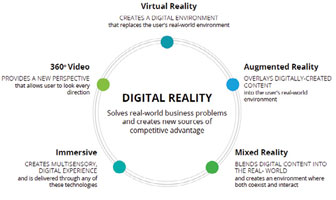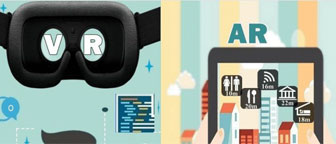Read Also
Human-Centered Innovation in the Genai Era
CJ Meadows, Head of Innovation-Asia, Executive Education Designer, Professor & Head of Mbaconsulting, S P Jain School Of Global Management
The Art and Science of Selling
Scott White, Senior Manager Sales and Marketing Operations, Airbus
Responsible Data Leadership in an AI-Driven World
Gemma Dias, Head of Data Governance, Tyro Payments
Driving Guest-Centric IT Innovation in Integrated Resorts
Ching Yip, Vice President of Information Technology, Hoiana Resort & Golf
Microsoft-Covering People 360 Degrees...
Khalid Nizami , Heads The Digital Transformation Center Of Excellence For Asia Pacific, Ecolab
How Insurers Can Lead Digital Ecosystems and Better Meet Customer Needs Platforms Such as Microsoft Azure Can Help Companies Become Network Orchestrators
Chris Henderson, EY Asia-Pacific Data & Analytics Advisory, Partner
Balancing Innovation with Stability in the Quick Service Restaurant Sector
Anthony Sok, General Manager Information Technology, Sushi Sushi
AI at the Table: Simulating Stakeholder Voices in Policy Design
Dr. Rolly Alfonso-Maiquez, Director of Technology and Data Protection Officer, Verso International School


























